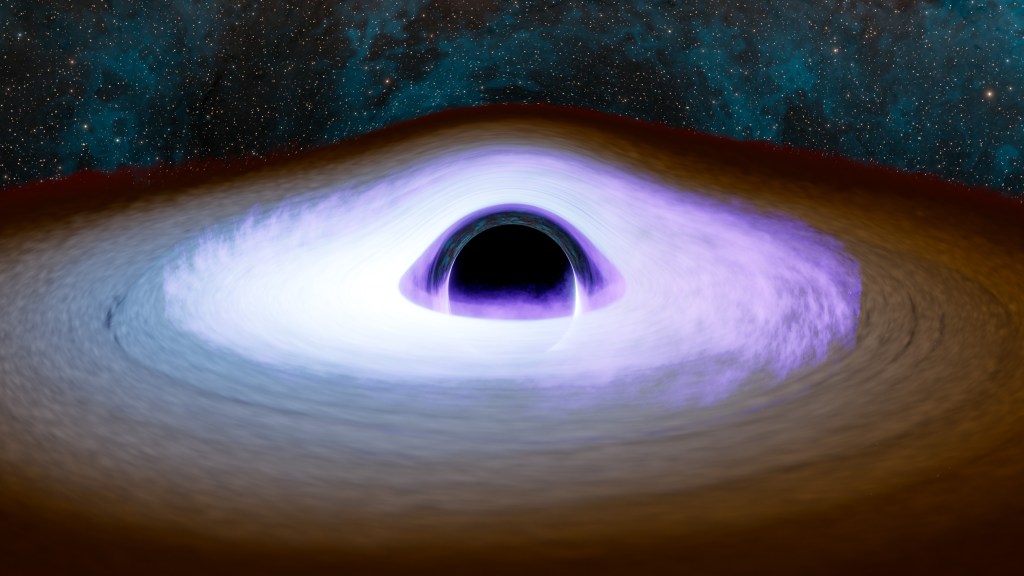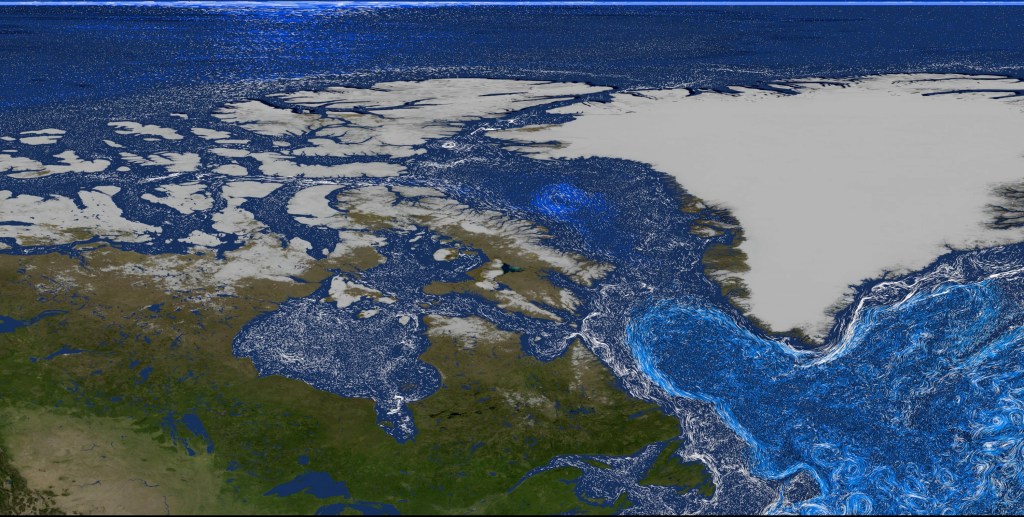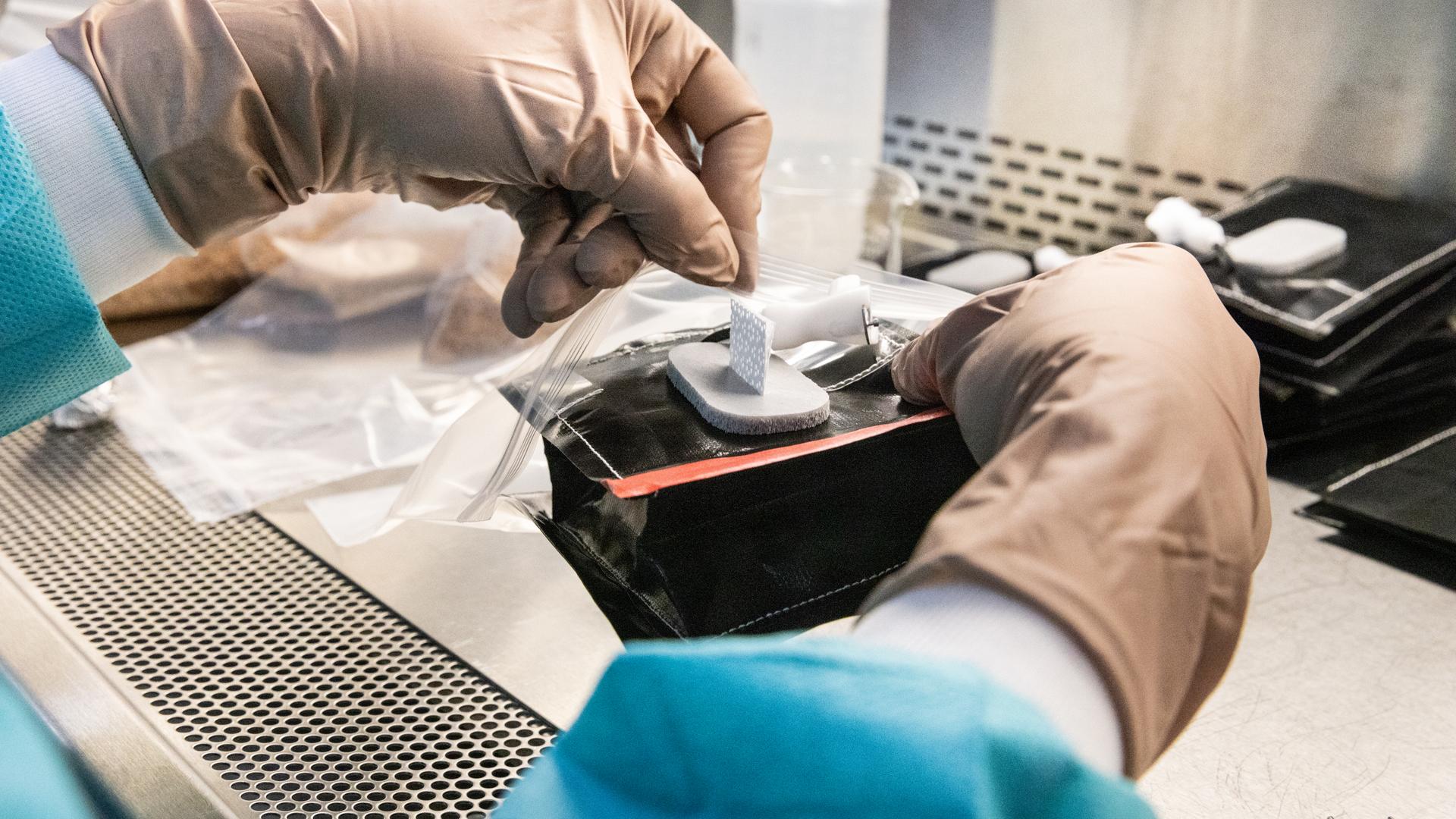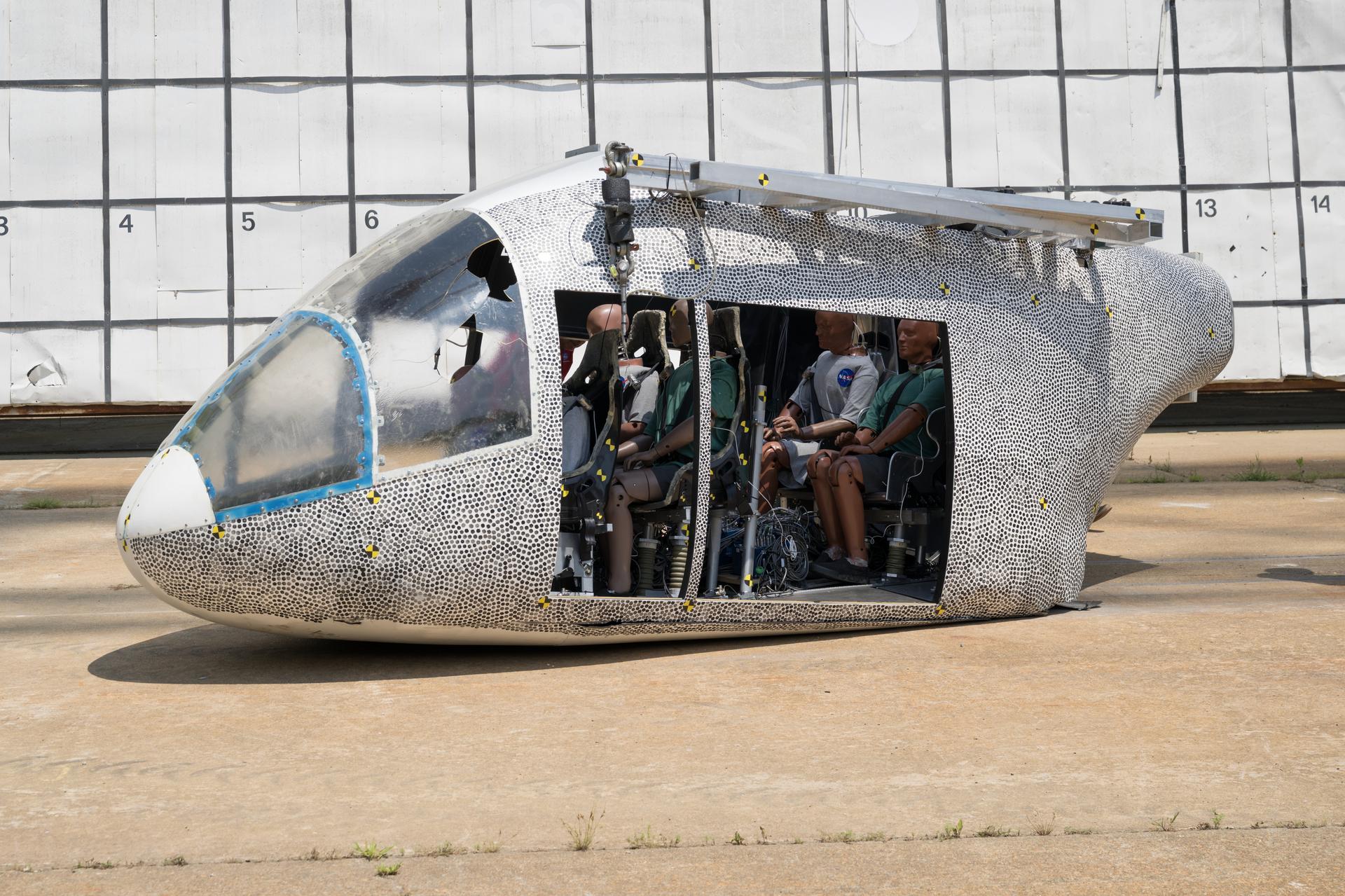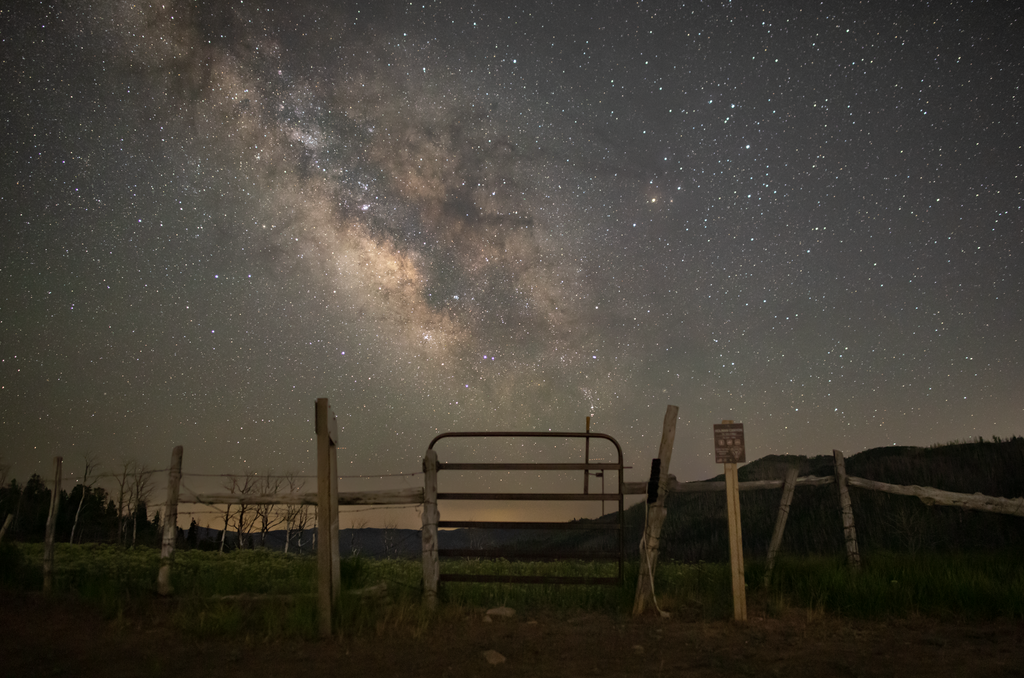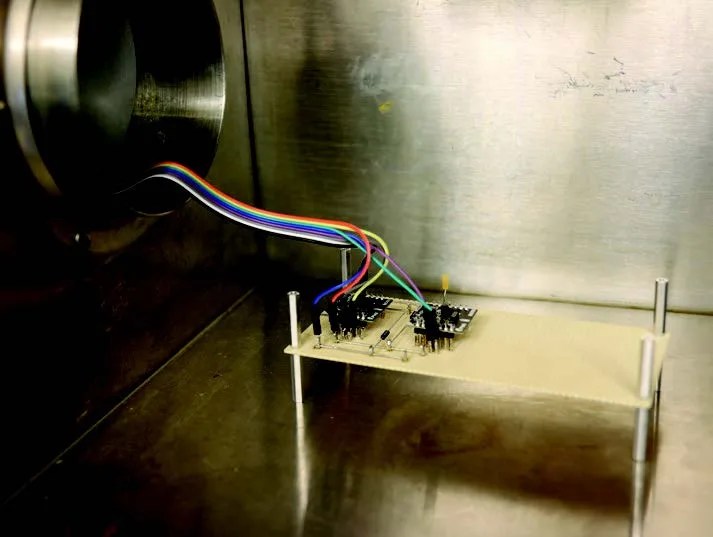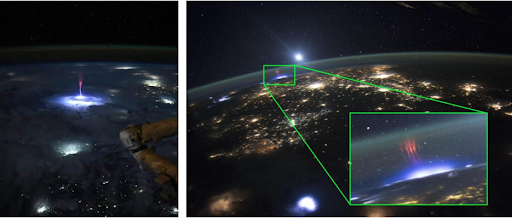Technology Development
Researchers from the University of Michigan (UM) and NASA GSFC are partnering to develop new types of magnetometers for use on future small satellites. These new instruments not only fulfill stringent requirements for low-amplitude and high-precision measurements, they are also enabling the team to develop a new approach to achieving highquality magnetic measurements from space, without the need for a boom. Typically, space-based magnetometers are deployed on a boom that extends from the space vehicle to reduce exposure to magnetic noise emanating from the spacecraft that could potentially contaminate measurements. The UM/NASA team has developed algorithms to identify and eliminate spacecraft magnetic noise, which will allow placement of these economical, science-grade instrument magnetometers on and inside the satellite bus, instead of on a boom.
One of the new types of instruments—called an induction magnetometer—also shows considerable promise over other chip-based technologies and provides characteristics consistent with modern magnetometers. The new magnetometer is a modified commercial magneto-inductive magnetometer from PNI Sensor Corporation. In the new induction magnetometer, the magnetic field is measured by counting the time between flips of the magnetic induction of the circuit, which is dependent on the strength of the applied direct current (DC) field. As illustrated by the functional diagram shown above (left), the magnetometer includes a Schmitt Trigger for counting pulses. In the figure, HE is the external magnetic field parallel to the coil. The total field that the sensor experiences is due to the external field and the field generated by the circuit. The time between oscillations or trigger flips is dependent on the strength of the external field, and therefore, the DC field can be measured by simply counting the number of flips or triggers. Since the device is a simple counter, it allows the elimination of radiation-sensitive analog-to-digital convertors and enables temperature sensitivities of the new sensor to be accounted for directly in the circuitry.
Impact
One of NASA’s goals is to support the development of small, low-mass, low-power-consumption, and low-cost space instruments. This new technology will result in a small, lower mass, less expensive magnetometer instrument concept. The new sensors and approach will enable future constellations of small satellites to measure the background magnetic field environment in space, which will help scientists to understand space weather and the structure of the space environment.
Status and Future Plans
In 2016, the team accomplished a number of objectives:
- characterizing the commercial sensor (sensitivity, linearity and frequency response),
- understanding its performance based on changes to various internal electronic settings (cycle count and sampling rate),
- development of a multisensor system (to over-sample with multiple sensors, as shown in the test chamber above) that included incorporating a micro-processor to control and take data without using a lab computer,
- commencement of thermal cycle testing, and
- completion of initial vibration testing.
The team is currently working with a UM CubeSat project—the Miniature Tether Electrodynamics Experiment (MiTEE)—that will fly two internal magnetometers and one at the end of a short boom. Though MiTEE will be using a different commercial magnetometer, the UM/NASA team will be able to test its noise cancellation algorithm.
Sponsoring Organization
The STMD Smallsat Technology Program and the Heliophysics Division’s H-TIDeS program are supporting this effort. Dr. Eftyhia Zesta at NASA GSFC and Professors Mark Moldwin and Jamie Cutler at the University of Michigan lead this project.

